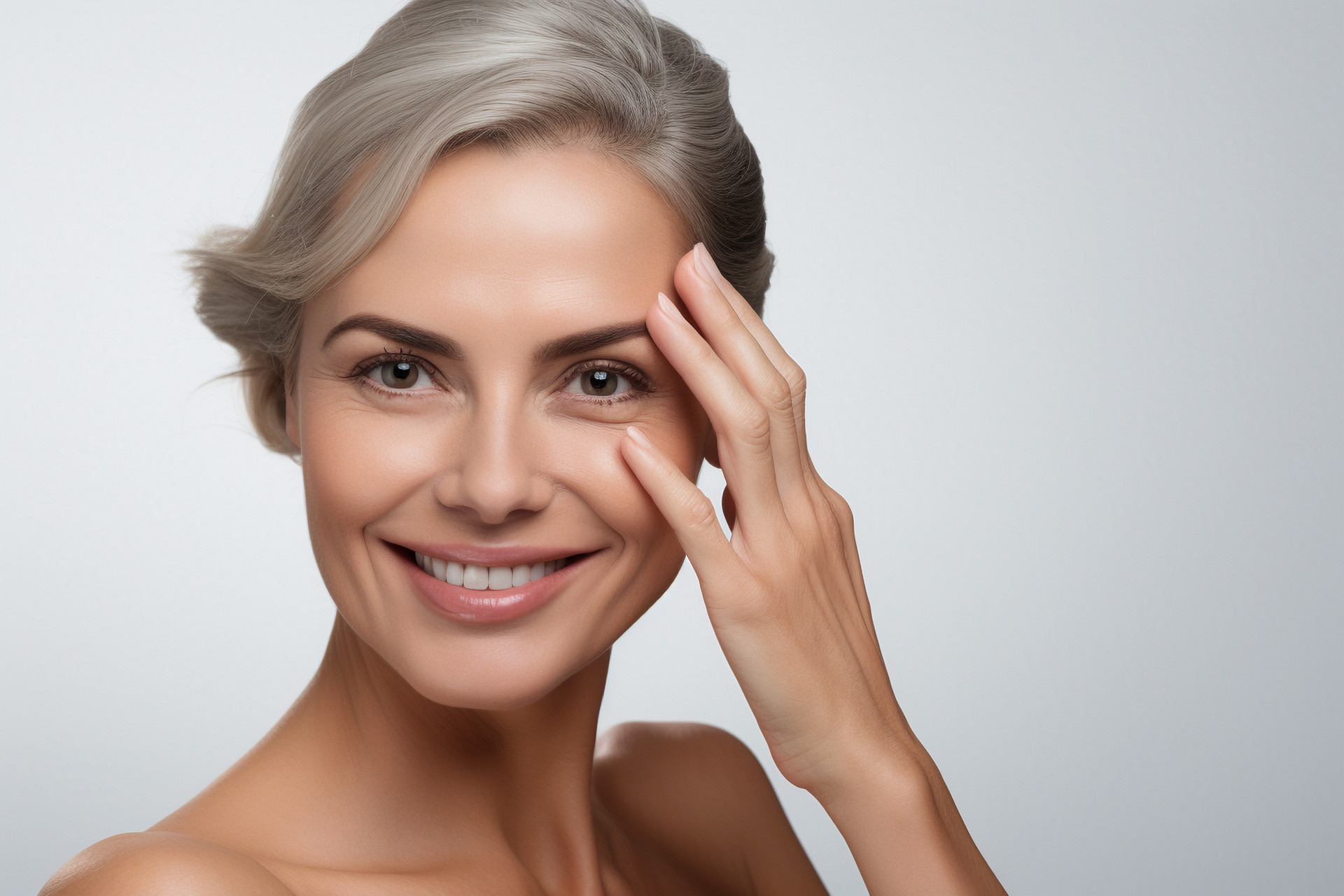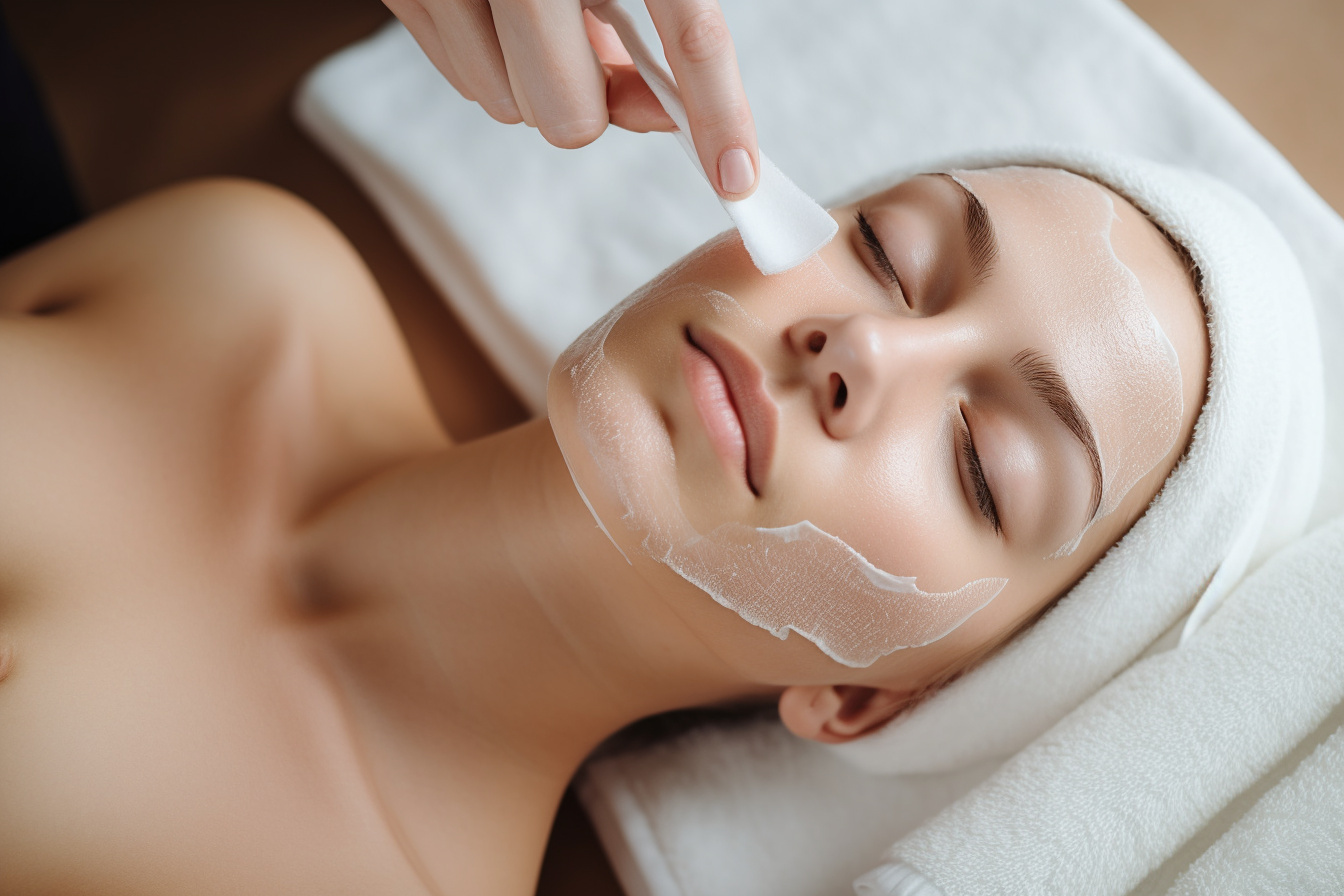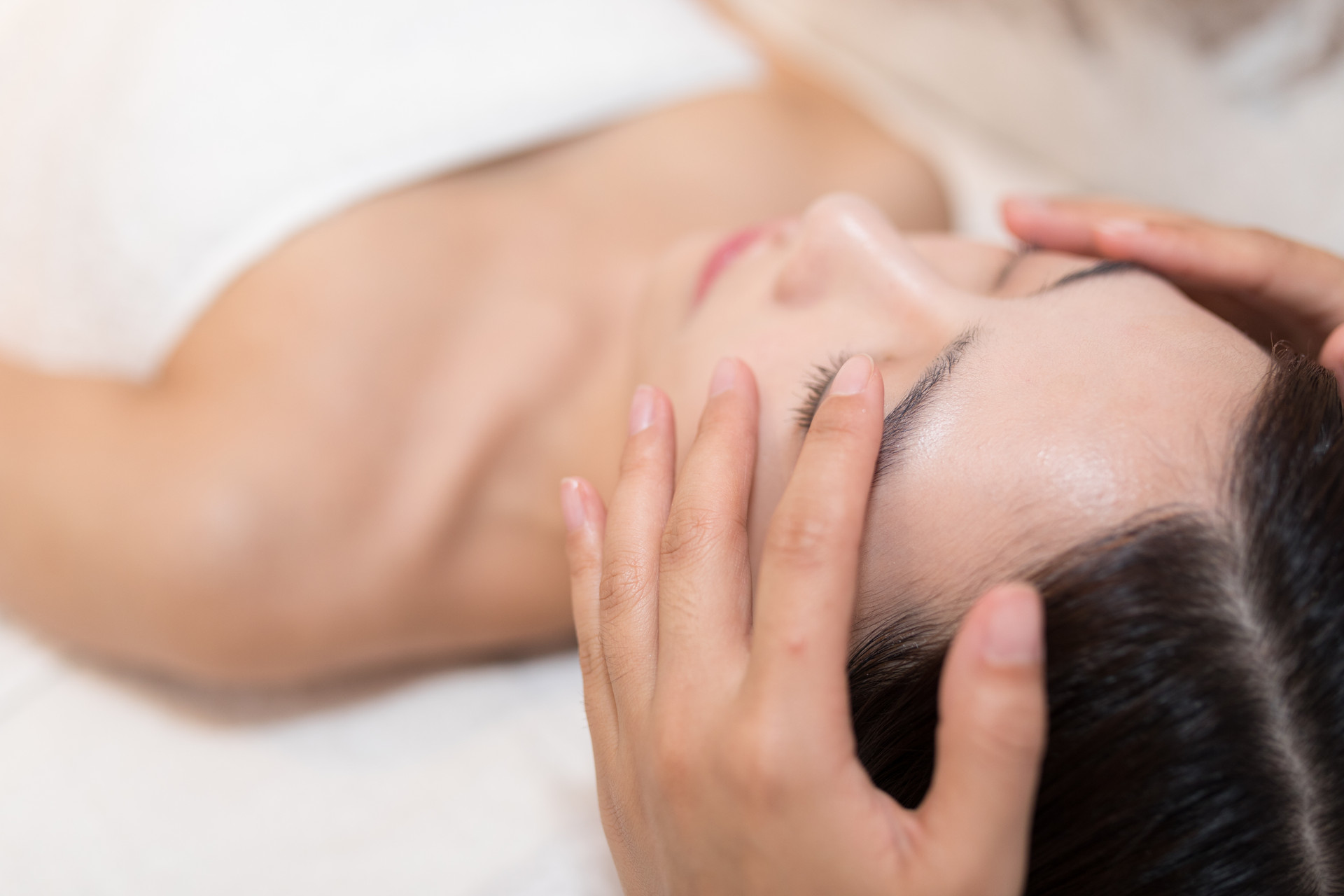Key Point 1: Prevention is better than treatment
Many people believe that it's okay to have acne during their youth and that their skin will naturally recover once puberty is over. This misconception has caused a lot of damage to youthful skin. In fact, once acne scars form, they leave permanent marks on the face. Therefore, dermatologists emphasize that all treatment methods are less effective than "acne prevention" from the source.
Key Point 2: Seize the golden time to remove scars
In order to salvage clear skin, those with acne need to seize the golden time of 2 months after the scars form. Acne inflammation damages the epidermis structure and can even affect the dermis and subcutaneous tissue. At this time, the skin activates its repair mechanism, which usually takes 3-6 months to stabilize. Therefore, within the first 2 months of scar formation, early intervention can minimize tissue damage and even restore smooth and delicate skin.
Key Point 3: Don't forget to improve old acne scars
Acne generally leaves marks on the face, some deep and some shallow spots, which can be quite frustrating. Just like scars on the face, they are difficult to erase completely no matter how they are treated, but they can be improved. For uneven and large acne scars, laser treatment can be used to smooth the skin, similar to planing uneven wood, by removing excess skin and reducing surface discrepancies. However, laser treatment is not the only option for old acne scars. If the scars are sharp and deep, surgical excision or skin grafting from the patient's own body can yield better results.
Key Point 4: Fade cream for easy treatment of acne spots
Acne scars can appear in various forms on the face, sometimes as deep and sharp holes, sometimes as twisted folds, or even as acne scars disguised as cystic acne that feels hard and protruding, tempting people to squeeze and accidentally "damage their appearance." However, some black-brown spots or persistent redness are actually pigmentation caused by tissue inflammation after acne healing, strictly speaking, called "acne spots." Since these pigmented spots mainly affect the superficial skin, they usually do not require invasive treatment to restore whiteness. By practicing daily sun protection and applying fade cream, these spots can disappear automatically within six months. For darker spots, chemical peels or treatment methods involving the use of L-ascorbic acid can be used to promote whitening.
Key Point 5: Pay attention to special constitutions
When dealing with acne scars, people with a tendency for hypertrophic scars should be particularly cautious. Hypertrophic scars are prone to occur on the chin, chest, back, arms, and other areas. If not handled properly, after acne healing, the wounds will grow red and hard, and the area may even be larger than the original acne.






